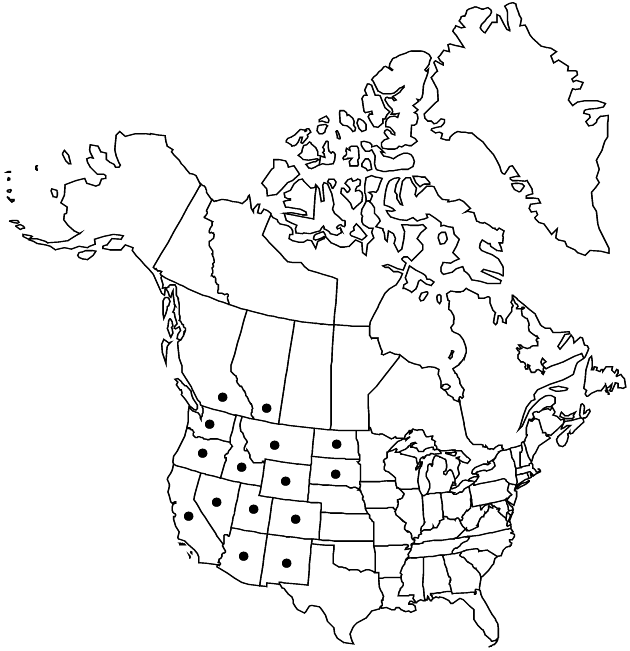Difference between revisions of "Chaenactis douglasii"
Bot. Beechey Voy., 354. 1839.
RevisionBot (talk | contribs) m (Bot: Adding category Revision Pending) |
RevisionBot (talk | contribs) m (Bot: Adding category Revised Since Print) |
||
| (One intermediate revision by one other user not shown) | |||
| Line 73: | Line 73: | ||
|publication year=1839 | |publication year=1839 | ||
|special status=Illustrated;Endemic | |special status=Illustrated;Endemic | ||
| − | |source xml=https:// | + | |source xml=https://bitbucket.org/aafc-mbb/fna-data-curation/src/2e0870ddd59836b60bcf96646a41e87ea5a5943a/coarse_grained_fna_xml/V19-20-21/V21_1019.xml |
|tribe=Asteraceae tribe Heliantheae | |tribe=Asteraceae tribe Heliantheae | ||
|subtribe=Asteraceae (tribe Heliantheae) subtribe Chaenactidinae | |subtribe=Asteraceae (tribe Heliantheae) subtribe Chaenactidinae | ||
| Line 85: | Line 85: | ||
[[Category:Treatment]] | [[Category:Treatment]] | ||
[[Category:Chaenactis sect. Macrocarphus]] | [[Category:Chaenactis sect. Macrocarphus]] | ||
| − | [[Category: | + | [[Category:Revised Since Print]] |
Latest revision as of 18:29, 6 November 2020
Biennials or perennials, (2–)5–50(–60) cm (rarely slightly woody or flowering first year, sometimes cespitose or ± matted); proximal indument thinning with age, grayish, mostly arachnoid-sericeous to thinly lanuginose. Stems 1–25+, erect to spreading. Leaves basal, or basal (sometimes withering) and ± cauline, (1–)2–12(–15) cm; largest blades ± elliptic or slightly lanceolate to ovate, ± 3-dimensional, usually 2-pinnately lobed; primary lobes (4–)5–9(–12) pairs, ± congested, scarcely imbricate, ultimate lobes ± involute and/or twisted. Heads 1–25+ per stem. Peduncles mostly ascending to erect, 1–10 cm. Involucres obconic to ± hemispheric. Phyllaries: longest 9–15(–17) mm; outer usually stipitate-glandular (sometimes sparsely or obscurely, rarely eglandular) and, often, arachnoid to lanuginose and, sometimes, sparsely villous, apices usually ± squarrose, pliant. Corollas 5–8 mm. Cypselae 5–8 mm (usually sparsely glandular amidst other indument); pappi: longest scales 3–6 mm.
Distribution

Alta., B.C., Ariz., Calif., Colo., Idaho, Mont., N.Dak., N.Mex., Nev., Oreg., S.Dak., Utah, Wash., Wyo.
Discussion
Varieties 2 (2 in the flora).
Chaenactis douglasii is widespread and variable (see discussion under var. douglasii).
Selected References
None.
Key
| 1 | Leaves basal (sometimes withering) and ± cauline; plants not or scarcely cespitose, not matted; stems usually 1–5(–12); heads (1–)2–25+ per stem | Chaenactis douglasii var. douglasii |
| 1 | Leaves strictly basal; plants cespitose or ± matted; stems (1–)10–25+; heads 1(–2) per stem | Chaenactis douglasii var. alpina |